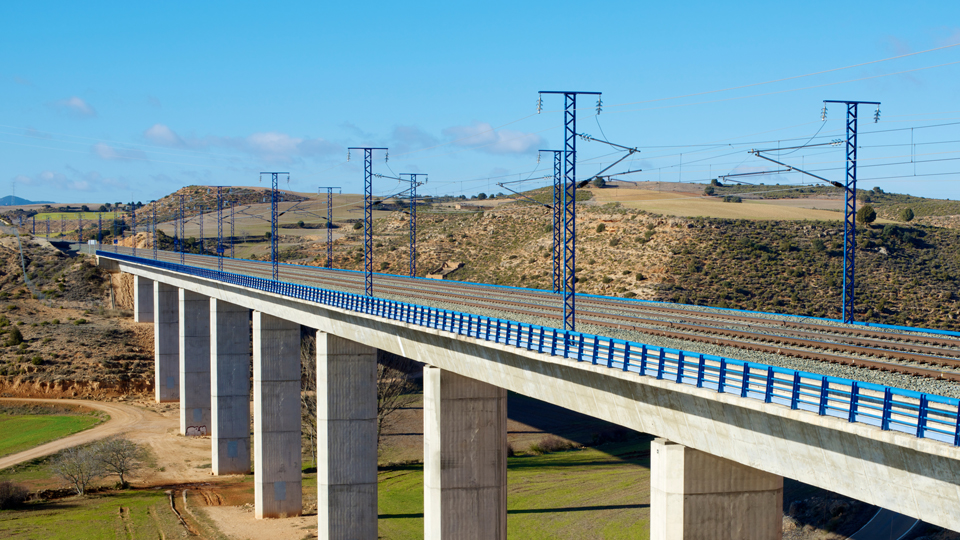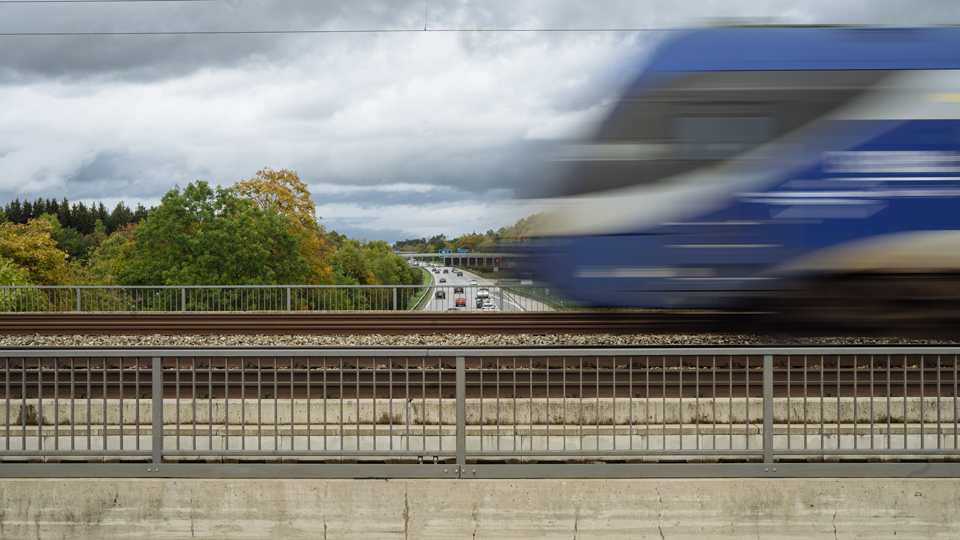Critical infrastructure reliably monitored:
autonomous monitoring of railway bridges.
Bridges are systemically important, and monitoring them is crucial for the safety, availability, and the long-term integrity of rail infrastructure. The autonomous Bridge Monitoring System enables continuous condition monitoring of railway bridges during regular operations, delivering precise data on structural response to passing trains.
Whether integrated into existing measurement vehicles or installed as a stationary system directly on the bridge, it enables early detection of critical developments – before damage occurs. The result: objective insights for maintenance planning, safety assessments, and service life predictions.
At the same time, the operational parameters of train traffic are recorded, trains are identified, and axle loads are determined. This provides comprehensive information about traffic as well as structural stress and structural response.
The Bridge Monitoring System supports all key sensor types, including strain gauges (SG), displacement sensors (laser or cable-based), and accelerometers – ensuring flexible, high-quality data acquisition tailored to your monitoring needs.

Bridge Monitoring System Application Areas
- Construction monitoring
- Structural health assessment, ensuring load bearing capacity and serviceability
- Calibration of calculation models
- Investigation of higher load capacity
- Damage detection via crack width measurements
- Damage detection via changes in natural frequencies
Bridge Monitoring System Analyses
- Maximum strains/stresses or deflections
- Fatigue analyses (e.g. based on rainflow counting)
- Acoustic indicators for material changes
- Analyses in the frequency domain: natural frequency analysis, modal analysis, wavelet analysis, frequency filter
- Further analyses can be added modularly
- All measurement and analysis results are available at any time in the internal network or on the Internet/IoT

